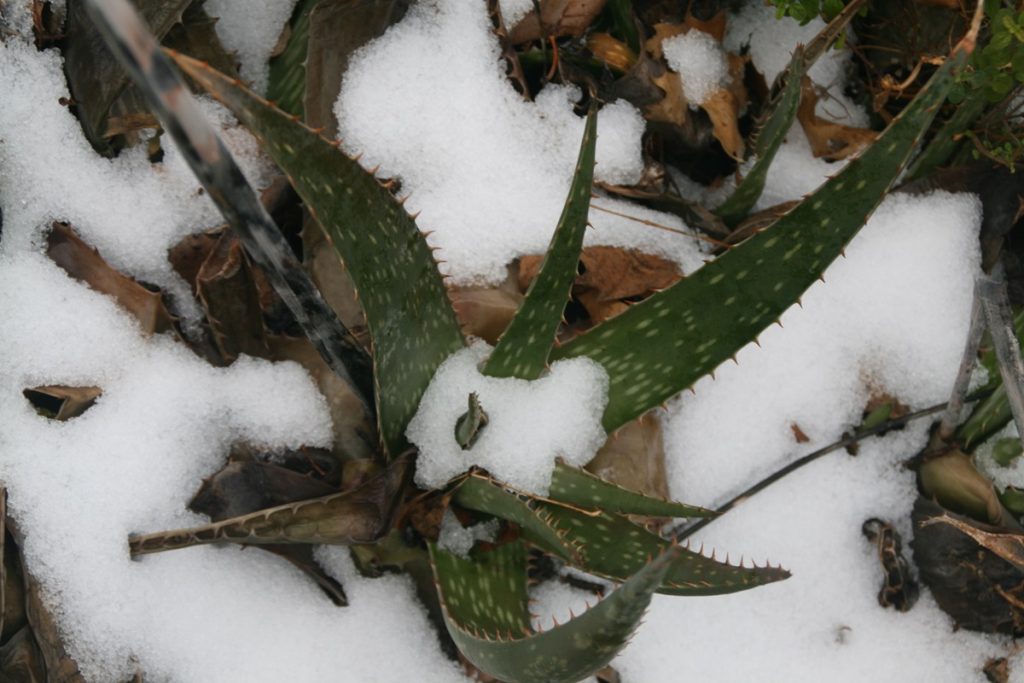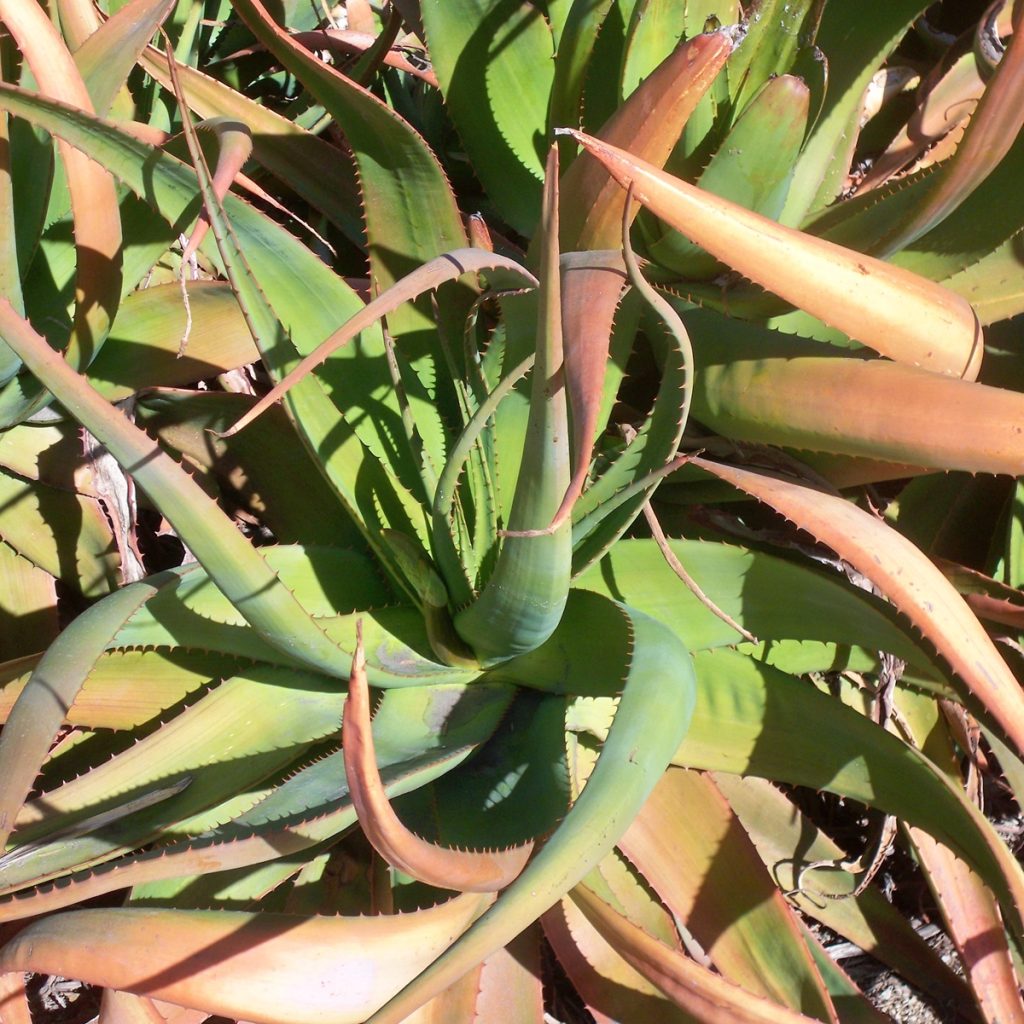Save Your Dying Aloe Plant with These Proven Methods
Is your aloe plant going through a tough time? Whether it’s frostbite, sunburn, or rot, don’t worry! We’ve got your back. In this blog, we’ll show you how to rescue your aloe from these plant “emergencies”. So, let’s dive right in and discover the secrets to saving your precious aloe plant from these unfortunate disasters!
Contents
Saving Your Aloe Plant from Frost Damage

Aloe vera, with its amazing ability to store water in its leaves, is a survivor in dry and warm areas. But when the temperature drops below 41°F, it can spell trouble for your aloe plant. The water stored in the leaves freezes, causing the leaves to become glassy and soft, eventually turning dark and dying off. Even the roots can be damaged by prolonged exposure to the cold.
How to protect aloe vera from frost
To avoid frost damage, it’s best to bring your aloe plant indoors before September. Providing a warm and bright spot for your plant to thrive is essential. If you want your aloe to flower, you can keep it in slightly cooler temperatures (around 50-59°F) during winter, but remember to water it very little and avoid fertilizing.
How to save an aloe plant that froze
If your aloe falls victim to frost damage, don’t panic! Here’s what you can do:
- Place your aloe in a bright and warm location, away from direct sunlight.
- Allow the damaged leaves to dry up by avoiding watering the plant for a few days or weeks.
- Carefully remove the damaged parts by cutting them off with a clean knife.
- For severe damage, check the roots and trim or let them dry if necessary.
- Keep an eye out for new healthy leaves that may appear in the center of your plant. This is a sign that your aloe is on the road to recovery.
When winter comes, make sure to provide proper ventilation without exposing your plant to cold drafts. Keep your aloe pot away from open windows to maintain a suitable temperature.
Read also:
40+ Types of Aloe Plants With Pictures
How To Plant Aloe Vera Without Roots
How to Save an Aloe Plant from Sunburn

Aloe vera loves bright and sunny spots, but sudden exposure to intense sunlight can lead to sunburn. If you notice your aloe turning brown and the leaf tips drying out, it’s a sign of sunburn.
To save your aloe from sunburn, follow these steps:
- When bringing your aloe outdoors, choose a partially shaded location initially.
- If the brown color is due to excessive sun exposure, move your plant to a less sunny spot to see it turn green again.
Remember, gradual acclimation to sunlight is crucial for your aloe plant’s health.
Saving Your Aloe Plant from Root Rot
If your aloe leaves not only turn brown but also feel soft and mushy, it’s a sign of root rot caused by overwatering. Aloe plants cannot tolerate waterlogging, so it’s essential to address this issue promptly.
Here’s what you can do to save your aloe from root rot:
- Carefully remove the plant from its current pot to examine the roots.
- If roots appear healthy, leave them intact. Remove only the dead or rotten ones.
- For extensive root damage, you may need to trim off a portion of the plant to prevent further shrinking.
- Choose a pot that is one-third larger than the root system and has adequate drainage holes.
- Use soil specially formulated for succulents, which contains sand for improved drainage.
- Repot your aloe, making sure to cover the root ball with soil but not planting it deeper.
- Allow the plant a few days to adjust before watering.
By following these steps, you can give your aloe a fresh start and prevent future root rot.
Remember, taking care of your aloe plant is all about finding the right balance of light, water, and temperature. With a little love and attention, your aloe will thrive and bring a touch of green to your space.
